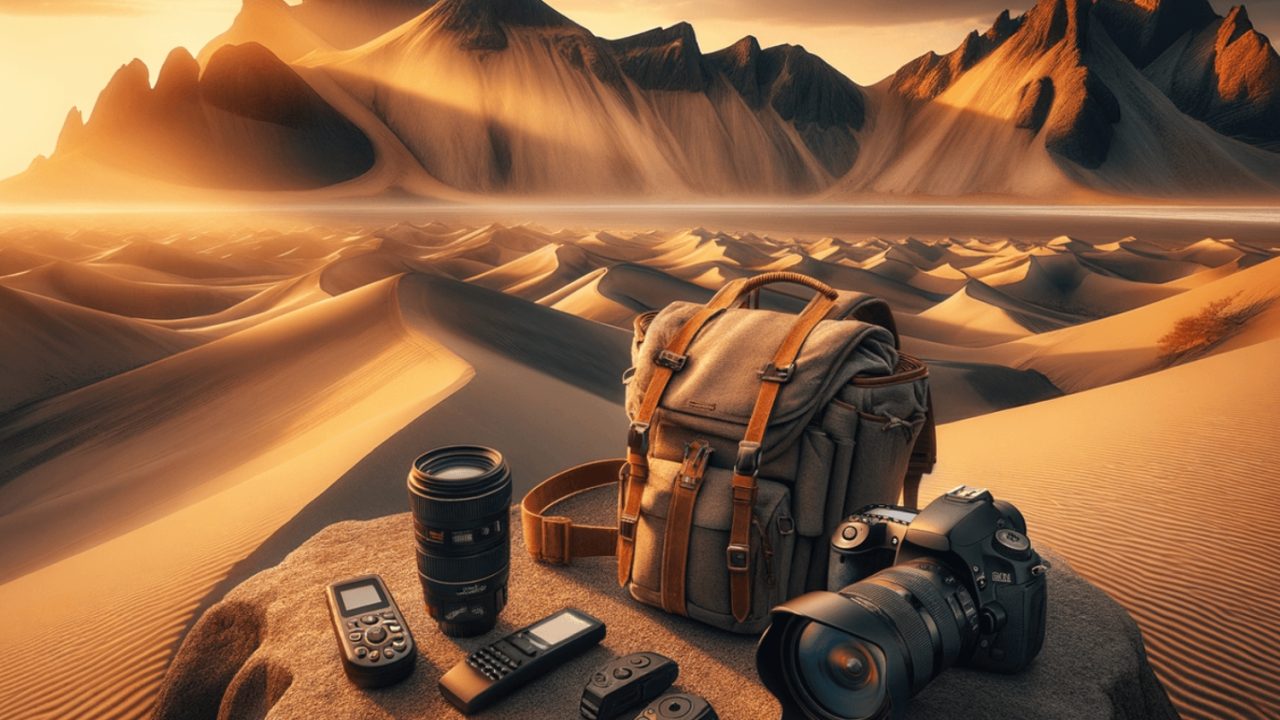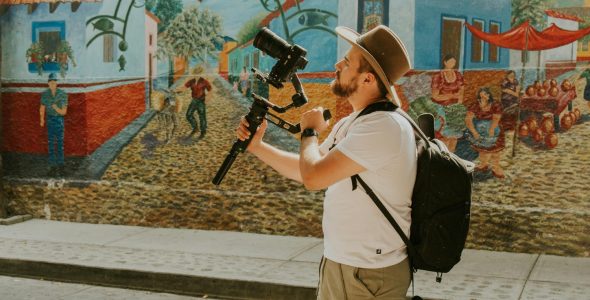Introduction
Adventure photography is about capturing the thrill and beauty of outdoor activities and extreme sports, from hiking and climbing to kayaking and mountain biking. It’s a genre that requires both technical skill and an adventurous spirit, as you often find yourself in dynamic, fast-moving environments. Whether you’re capturing adrenaline-pumping moments or serene landscapes, some essential tips and tricks will help you take stunning adventure photos. Here’s a beginner’s guide to get you started.
- Know Your Gear
Before heading out on your adventure, make sure you’re comfortable with your camera gear. DSLRs or mirrorless cameras with interchangeable lenses are ideal for high-quality shots. If you’re hiking or participating in water sports, consider a weather-sealed camera or lens, or even a GoPro for capturing immersive, action-packed moments.
Be sure to pack extra batteries, memory cards, and a protective case for your camera. Extreme environments can quickly drain battery life, and the last thing you want is to miss the perfect shot due to technical issues. - Capture Action with the Right Settings
Adventure photography often involves fast action, so knowing how to adjust your camera settings quickly is crucial. Shutter speed is key—use a fast shutter speed (e.g., 1/1000 or faster) to freeze motion, especially in sports or action shots. For smoother motion in your shots, you can use a slower shutter speed (e.g., 1/250 or slower), which will create a motion blur effect that conveys the feeling of speed.
Aperture is another critical setting. A wide aperture (low f-number, such as f/2.8) allows more light, which is ideal for low-light conditions, while a narrow aperture (high f-number, like f/16) increases the depth of field, ensuring both the foreground and background are sharp. ISO should be kept as low as possible to avoid grainy images, but don’t be afraid to raise it if you’re shooting in low light. - Focus on Composition
The key to great adventure photography is strong composition. Follow the rule of thirds, and place your subject off-center for a more dynamic shot. Leading lines, such as a trail, river, or mountain ridgeline, can draw the viewer’s eye into the scene. Capture both the action and the environment—try to showcase the scale of the landscape or the challenge of the adventure.
For expansive landscapes, use a wide-angle lens to capture the whole scene, and get creative with framing by using natural elements like trees, rocks, or doorways to frame your subject. - Anticipate the Action
In adventure photography, moments happen fast. To capture the perfect shot, you need to anticipate the action. Whether it’s a climber reaching the summit or a kayaker carving through a river, watch for key moments that tell a story and give context to the adventure. Pre-focus on the area where the action will take place, and be ready to press the shutter at the right moment.
If you’re shooting with a continuous autofocus mode, this can help track moving subjects. For sports and extreme activities, burst mode is also helpful for capturing a sequence of images in quick succession. - Stay Safe and Respect Nature
Adventure photography often takes you to challenging, remote locations. Your safety should always be your top priority. Know the terrain and weather conditions before heading out, and carry the right gear (e.g., sturdy footwear, weather-appropriate clothing, and navigation tools).
Respect the environment and wildlife as well. Stay mindful of the Leave No Trace principles, and avoid disturbing wildlife or damaging the landscape. It’s possible to capture stunning photos without compromising the integrity of the location. - Experiment with Light and Angles
Lighting plays a massive role in adventure photography. Golden hour (just after sunrise and before sunset) provides soft, warm light that enhances landscapes and action shots. Don’t be afraid to experiment with different angles to find the most dramatic and interesting perspectives. Shoot from above, below, or from the side to capture unique shots that highlight the subject and setting.
Conclusion
Adventure photography is all about capturing the spirit of exploration and excitement. With the right gear, settings, and composition techniques, you can create stunning images that not only document your travels but also inspire others to do the same. By focusing on action, anticipating key moments, and respecting your surroundings, you’ll be able to craft compelling stories through your photos, one adventure at a time.
#AdventurePhotography #TravelPhotography #PhotographyTips #OutdoorPhotography #AdventureShots #ActionPhotography #PhotographyGear #ExploreTheWorld #CaptureTheMoment #TravelInspiration

 My Account
My Account 


